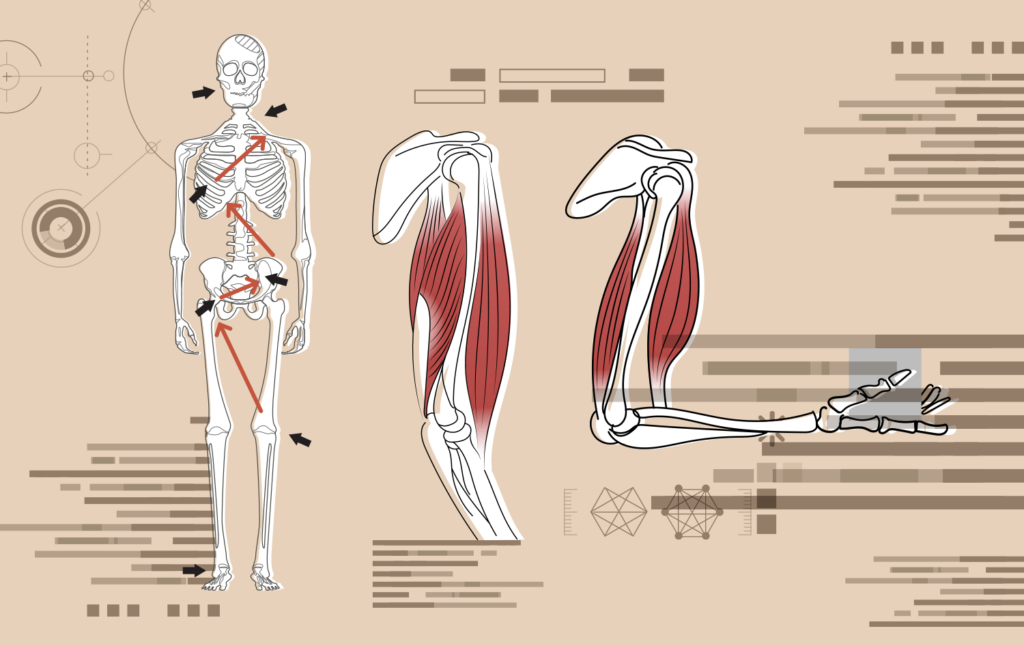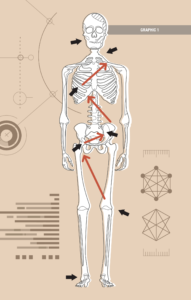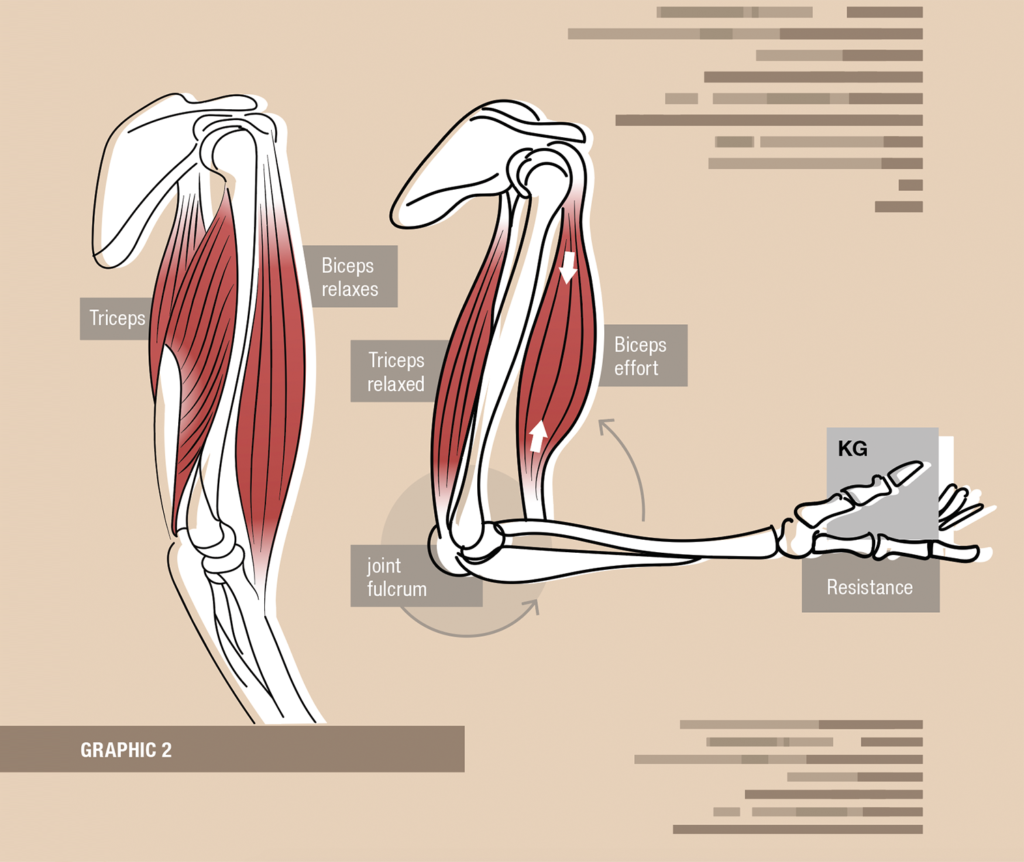
A comprehensive vision for your body
If you seek acupuncture treatment for headaches, many practitioners will place the needles in your toes and feet. We know our body is connected from head to toe by muscles, nerves and a skeletal structure, yet we do not often associate the pain in our neck with whether we lead with our right or left foot. Dr Eduardo Yoshida of Global Doctor Guangzhou explains how small compensatory movements to avoid discomfort can become posture habits and lead to long-term mobility issues if not corrected.
From the time they are a crawling baby, human beings move around by using their legs, but often rely on one more heavily than the other. Our bodies constantly develop and adapt—physically and neurologically—to our daily posture or movement habits. We create our own personal muscle patterns, such as left-handed versus right-handed. Our bodies also create posture patterns when we sleep in the same position every night.
Posture restoration refers to both global and individual muscle pattern analysis. This relates to aspects of our lifestyle, including such things as our job, the sports we play and injuries that may have happened during the course of our lives, and how we could improve the function of our bodies.
An asymmetrical pattern in one muscle can lead to a future dysfunctional muscle pattern. For example: imagine a painful injury to one’s right knee, which results in an asymmetrical pattern when you walk. In movement, we use all our muscles, forcing some to compensate for the weak or injured ones. In the case of the injured right knee, the opposite left lower limb will compensate for it, which forces the right lower back and hip into incorrect movements during the walking motion. The resulting muscle spasm in the lower back will tilt the axis of the spine, changing its entire shape. Muscle groups contract with a right-left alternating pattern throughout the entire extension of the spine, moving like a snake, affecting also the right side of the neck and shoulder.

Depending on the duration of the injury and the adaptation as well as the capability of each person, this pattern could become a structural issue. The muscle spasm hinders the mobility of the joint. With the passing of time, the joint could become like a rusty screw, losing vertebral mobility, with an extensive pattern affecting the entire spine (see Graphic 1).
Another point that should be highlighted is that, when a group of muscles repeatedly experience the wrong posture over time, it can affect motion efficiency (biomechanics), muscle flexibility and joints. Biomechanics involves three components; the fulcrum/joint, effort and resistance (Graphic 2). A chronic muscle spasm could be considered as chronic resistance, provoking a reduction in muscle flexibility (both agonist and antagonist muscles), which will increase the pressure in joints and the effort required during our daily motion.

Therefore, if normal untrained people perform strong physical activities, such as military training, their joints could start to lose flexibility. This also depends on people’s own adaptability, without releasing the pressure on each joint from their neck to their lower back and lower limb. (Graphic 1). Each time we exercise under such conditions, we could cause small scars and reactive fibrosis in our joints, which our body will absorb. The body will then become more vulnerable to further joint and muscle problems. Based on this analysis, before starting an exercise regime, it is recommended to get our pelvis, hips and spine in balance first, restoring their flexibility and normal muscle tone. Then you will be able to gradually undertake any type of exercise. The goal is to increase your body’s flexibility, strength and adaptability, so it is as supple as a bamboo cane.
In conclusion, it is very important to have a thorough physical examination to discover such abnormal patterns in our bodies. Knowing about any issues and achieving self-awareness regarding our own bodies and biomechanics will help prevent future problems and improve how our body functions. It can also allow us make plans for future physical activities and treatments, for example: learning the best way to walk and stretch in order to prevent joint impact and improve our biomechanics; how to breathe better and take care of our voices (stretching our diaphragm muscle); or the best way to perform exercises that help to reduce any compensations, pain and limitations, rather than contributing to them.
Dr Eduardo Yoshida is the medical director of the Global Doctor Guangzhou clinic. Dr Yoshida, with his 23 years of experience in physical treatment, is a reputable medical physician and chiropractor specialising in treating different health problems and dual vision, together with acupuncture (Oriental medicine) to maximise the therapeutic efficiency.


Recent Comments